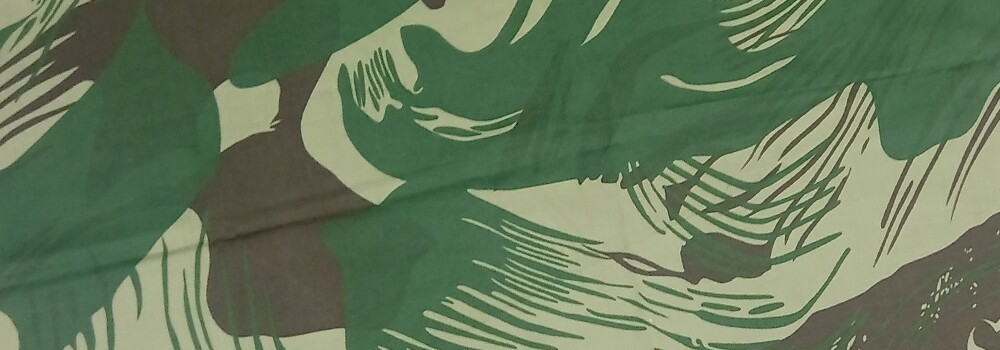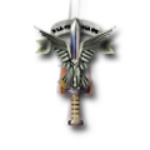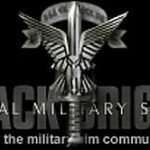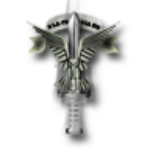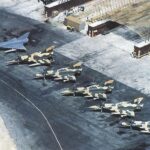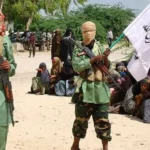-
XO BBHQ posted in the group Rhodesian Bush War
Men of the #Rhodesian Light Infantry Aboard a Rhodesian Air Force Alouette III Helicopter ready for #Fireforce
Fireforce is a variant of the military tactic of vertical envelopment of a target by helicopter-borne and parachute infantry developed by the Rhodesian Security Forces during the Rhodesian Bush War. Regiments involved included the Rhodesian Light Infantry or RLI, the Rhodesian African Rifles, the Rhodesian Special Air Service or SAS and the Selous Scouts, assisted by the Rhodesian Air Force. The Fireforce counter-insurgency missions were designed to trap and eliminate ZANLA and ZIPRA insurgents before they could flee. Fireforce reacted to enemy ambushes, farm attacks, or observation post (OP) sightings, and could also be called in by trackers or patrols who had made contact with the enemy and then called for reinforcements. Fireforce was first deployed in January 1974, and saw its first action a month later on 24 February 1974.
Fireforce was an operational assault or response usually composed of a first wave of 32 soldiers carried to the scene by three helicopters (G-Cars) and one Dakota (Paradak), with a command/gunship helicopter (K-Car) and a light attack aircraft in support (Lynx). One of the advantages of the Fireforce was its flexibility, as all that was needed was a reasonable airstrip.
Unlike conventional military units, Fireforce troops were broken down into ‘sticks’ of 4 men instead of the usual 8 or 9-man sections. The reason for the 4-man stick was because the Rhodesian Air Force Alouette III helicopters could only carry 4 men.
Of the 4 men, one was the Stick Leader, with an A63 or A76 VHF radio, a FN FAL, 100 rounds (7.62×51mm NATO) and several types of grenades. One was the machine gunner, with a FN MAG machine-gun and carrying 400 rounds. The other two were riflemen with a FN FAL and 100 rounds, grenades and rifle grenades. Grenades carried were usually one M962 HE grenade, one M970 white phosphorus grenade, a smoke grenade, one or two rifle grenades and an Icarus rocket flare each.
One of the riflemen was a fully trained combat medic and carried a medical pack. Every man also carried a saline drip. Rifles were zeroed for 100m, and sights were set to the same range. Every third or fourth round loaded into the rifle magazine was a tracer. During 1979 one of these two men was issued a radio. Pistols were optional and all paratroopers were entitled to carry a Belgian FN Hi-Power or Spanish Star Model B 9×19mm pistol. Each soldier also carried a lightweight sleeping bag in a mat pack on his back.
A single Stick made up the stop groups (stops), patrols, ambushes and often sweep lines, although larger sweep lines could be made up from para-sticks or by combining the sticks positioned by the G-Cars, or from those sticks transported by the “Landtail”. In all formations the MAG gunner was next in position to the Stick Leader. #RLI #Alouette
